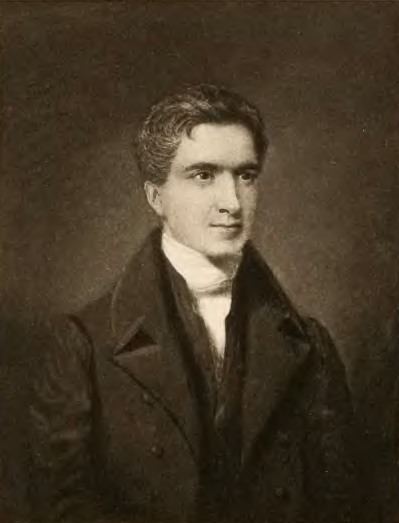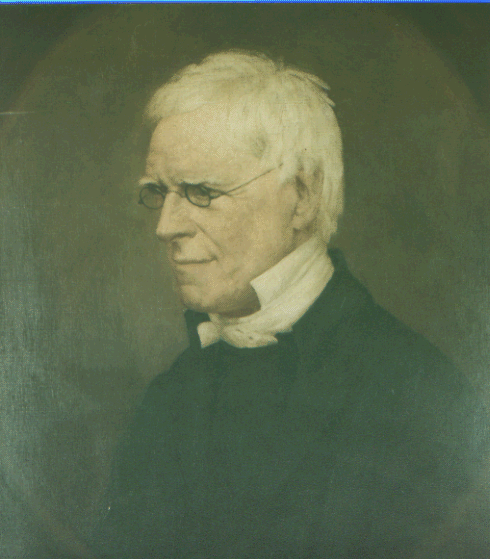Name Thomas Robinson Role Astronomer | ||
 | ||
Born 23 April 1792Dublin ( 1792-04-23 ) Education Trinity College, Dublin, Belfast Royal Academy | ||
The Rev. John Thomas Romney Robinson FRAS (23 April 1792 – 28 February 1882), usually referred to as Thomas Romney Robinson, was a 19th-century astronomer and physicist. He was the longtime director of the Armagh Astronomical Observatory, one of the chief astronomical observatories in the UK of its time.
Contents

Biography
Robinson was born in Dublin, the son of the English portrait painter Thomas Robinson. He was educated at Belfast Academy and Trinity College, Dublin, where he obtained a fellowship in 1814, at the age of 22. He was for some years a deputy professor of natural philosophy (physics) at Trinity.
Having been also ordained as an Anglican priest while at Trinity, he obtained the church livings of the Anglican Church at Enniskillen and at Carrickmacross in the early 1820s.
In 1823, now aged 30, he additionally gained the appointment of astronomer at the Armagh observatory. From then on he always resided at the Armagh observatory, engaged in researches connected with astronomy and physics, until his death in 1882.
During the 1840s and 1850s Robinson was a frequent visitor to the world's most powerful telescope of that era, the so-called Leviathan of Parsonstown telescope, which had been built by Robinson's friend and colleague William Parsons, 3rd Earl of Rosse. Robinson was active with Parsons in interpreting the higher-resolution views of the night sky produced by Parsons' telescope, particularly with regard to the galaxies and nebulae and he published leading-edge research reports on the question. Back at his own observatory in Armagh, Robinson compiled a large catalogue of stars and wrote many related reports. In 1862 he was awarded a Royal Medal "for the Armagh catalogue of 5345 stars, deduced from observations made at the Armagh Observatory, from the years 1820 up to 1854; for his papers on the construction of astronomical instruments in the memoirs of the Astronomical Society, and his paper on electromagnets in the Transactions of the Royal Irish Academy".
Robinson is also of note as the inventor of a device for measuring the speed of the wind, the Robinson cup-anemometer (1846).
He was president of the Royal Irish Academy from 1851 to 1856, and was a long-time active organiser in the British Association for the Advancement of Science.
He married twice: first Elizabeth Rambaut and secondly Lucy Jane Edgeworth (1806–1897), the lifelong disabled daughter of Richard Lovell Edgeworth. His daughter married the physicist George Gabriel Stokes. Stokes frequently visited Robinson in Armagh in Robinson's later years.
Robinson was a friend of Charles Babbage, who said was "indebted" for having reminded him about the first time he came up with the idea of the calculating machine.
On the Moon, the crater Robinson (crater) is named in his honour.
